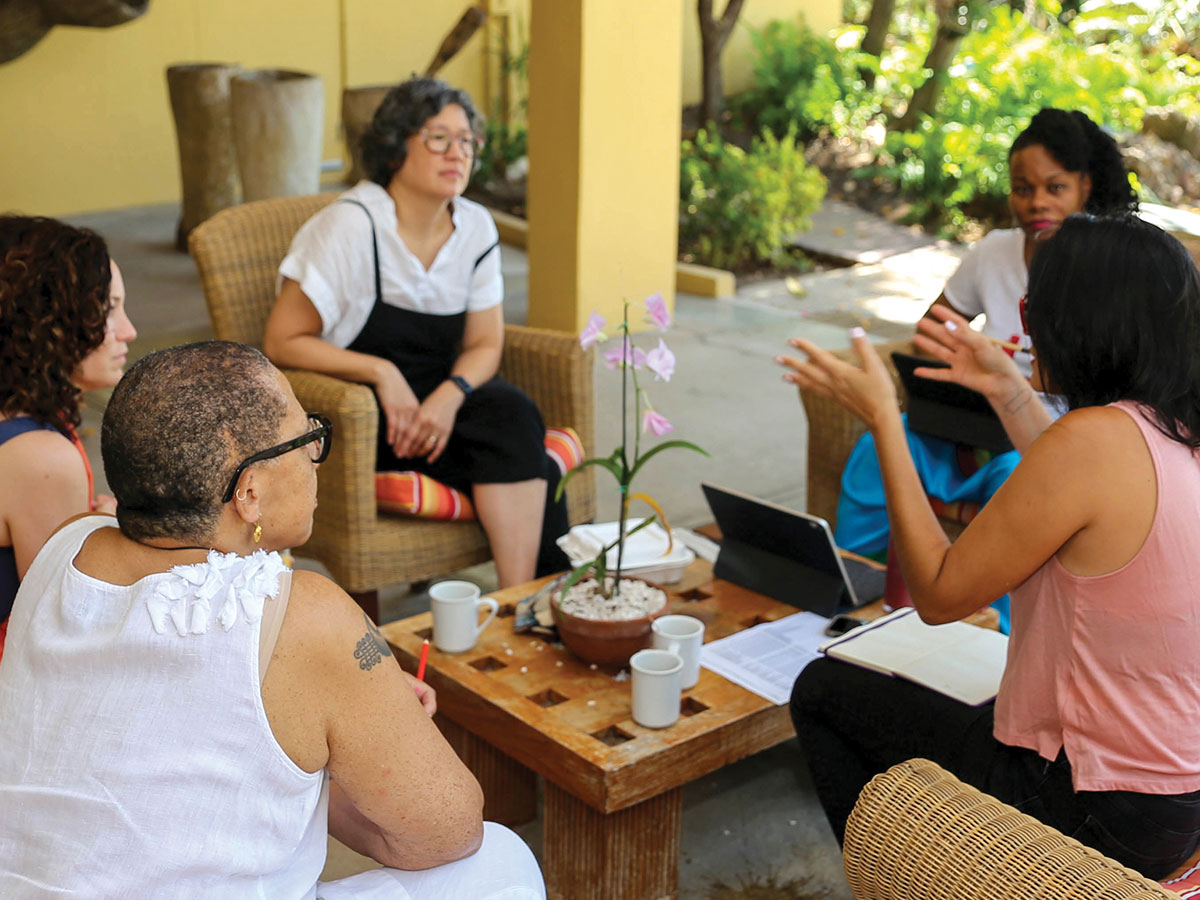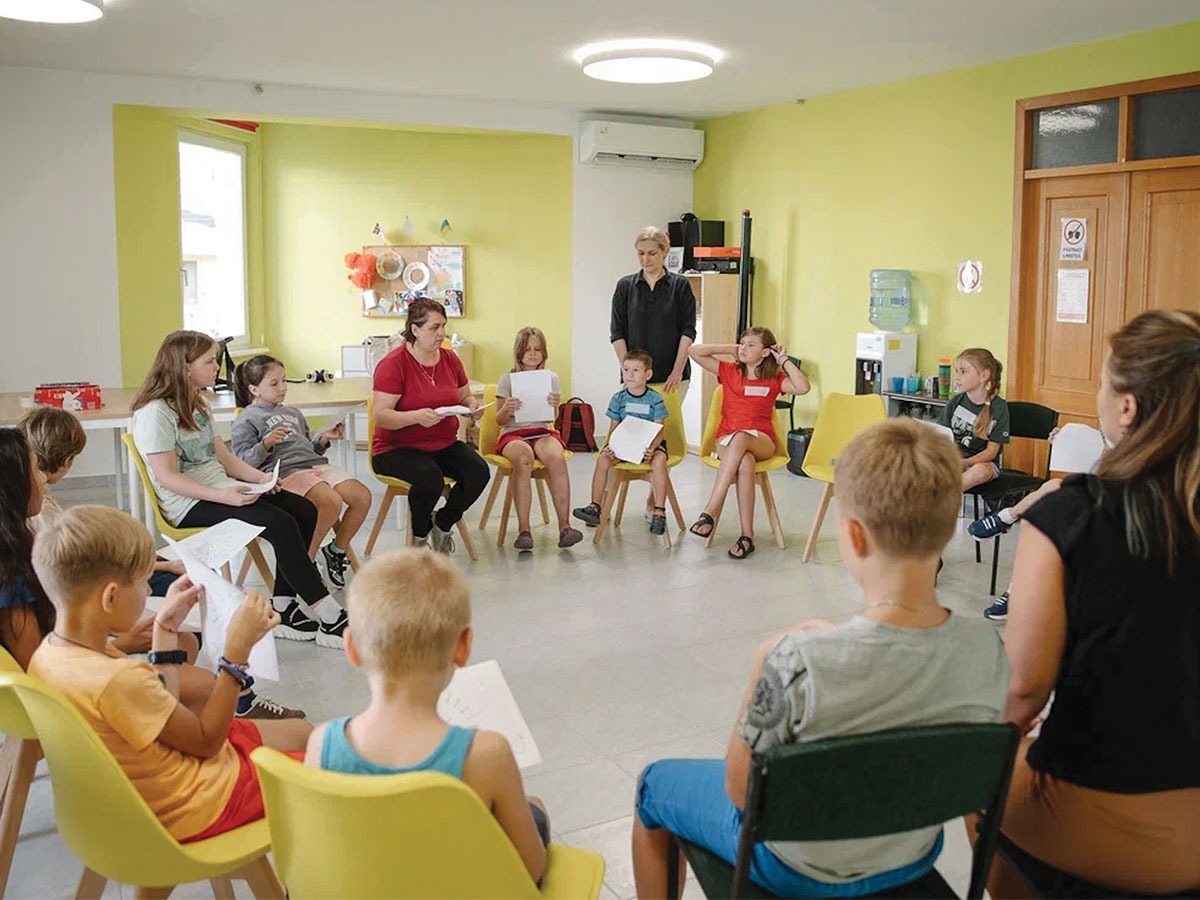Two Steps Forward, No Steps Back: Relief funding for the future

Sponsored by Submittable
As the pandemic rages on, more and more organizations are acknowledging that this crisis didn’t create disparities, it exacerbated existing inequities. And it raised the stakes.
As a social impact and grants management platform with clients across the philanthropic sector, the Submittable team has gotten a unique view of the crisis response. This year, many of our clients reimagined their approach to aid, prioritizing speed, flexibility, and trust to get help to those who needed it most. With this shift, there is an opportunity to rethink grantmaking on a broader scale.
Shifting the focus
The organizations that centered their funder-grantee relationships on trust and streamlined processes were able to deliver aid quickly to those in need. Funders reimagined their methods and prioritized the community’s needs over their own. This meant stripping away stipulations about how money could be spent, cutting down the application requirements, or automatically renewing grants for trusted organizations.
For the Bread & Roses Community Fund, providing relief meant investing in grassroots organizations. To help bridge the divide between established and emergent groups, Bread & Roses granted eligibility to a few organizing groups without nonprofit status.
“We’re able to make a limited number of grants to groups that are not 501(c)(3), which is very exciting,” Bread and Roses Director of Communications and Development Caitlin Quigley said. “We just really feel like there’s a lot of new organizing emerging that needs to be happening, so we want to encourage that and support it.”
By focusing on collaboration over red tape, funders deepened relationships with the communities they sought to serve. With less focus on reporting and more emphasis on reaching vulnerable folks as quickly as possible, more people in need were able to access aid on a timeline that made an immediate impact on their lives.
For example, Brooklyn Community Foundation launched a COVID-19 relief fund in March 2020, shortly after the pandemic was declared a national emergency. Luckily, they had already been working toward a more streamlined approach.
“Even before our COVID-19 response, we had been working to minimize the burden on nonprofits because we understand that even the process of applying and responding to RFPs is labor,” Vice President of Programs and Partnerships Marcella J. Tillett said.
Like the Brooklyn Community Foundation, organizations that had previously streamlined their processes were well situated to meet the moment. Here are some of the features we saw that drove this progress:
- Digital funds distribution: In dire times, no one wants to wait for a check to come in the mail. Digital funds distribution often shaved weeks off of the process.
- Mobile-friendly applications: Use a straightforward application that can be completed on a phone or tablet made the process much more inclusive and gave funders a wider reach.
- Multiple application formats: Allow applicants to submit video and audio files to explain their work gives them the flexibility to tell their story how they see fit.
Making change permanent
Over a year into the pandemic, organizations have had time to retool their approaches and address what’s not working. Whether you’ve adopted new software, reimagined your application, or strengthened your relationships within the community, you’ve done important work to close the gap between resources and the people who need them most.
What’s important now is to hold onto the gains we have made this past year, especially those related to easing grantee burden and building trust. Although many advances were developed as an emergency response, abandoning them now would be a mistake.
Shaady Salehi, the director of the Trust-Based Philanthropy Project, explains why trust-based grantmaking should not be relegated only to emergencies. “Trust-based philanthropy is not a crisis response strategy,” she said. “It’s a strategy of actually supporting nonprofit work and advancing the collective vision that we have…we need to be prepared for the next crisis.”
Finding ways to transition the successful components of emergency response into more permanent practices will not only better the philanthropic sector as a whole, it will ensure we are all ready to act when the next crisis hits. Here’s how:
- Streamline your application by removing any unnecessary questions and not asking grantees to submit publicly available information.
- Center community needs over funder processes and priorities.
- Build meaningful relationships with grantees through open communication and transparency.
- Leverage technology to ease the administrative burden and provide an easy-to-access platform for applicants.
For many organizations, reacting to the pandemic forced a reckoning. The question becomes how we all leverage the opportunity for reflection. At Submittable, we’re committed to providing increasingly efficient technology that funders can leverage to ensure fast, equitable relief. We know we have reached a pivotal moment, and there’s no going back.



